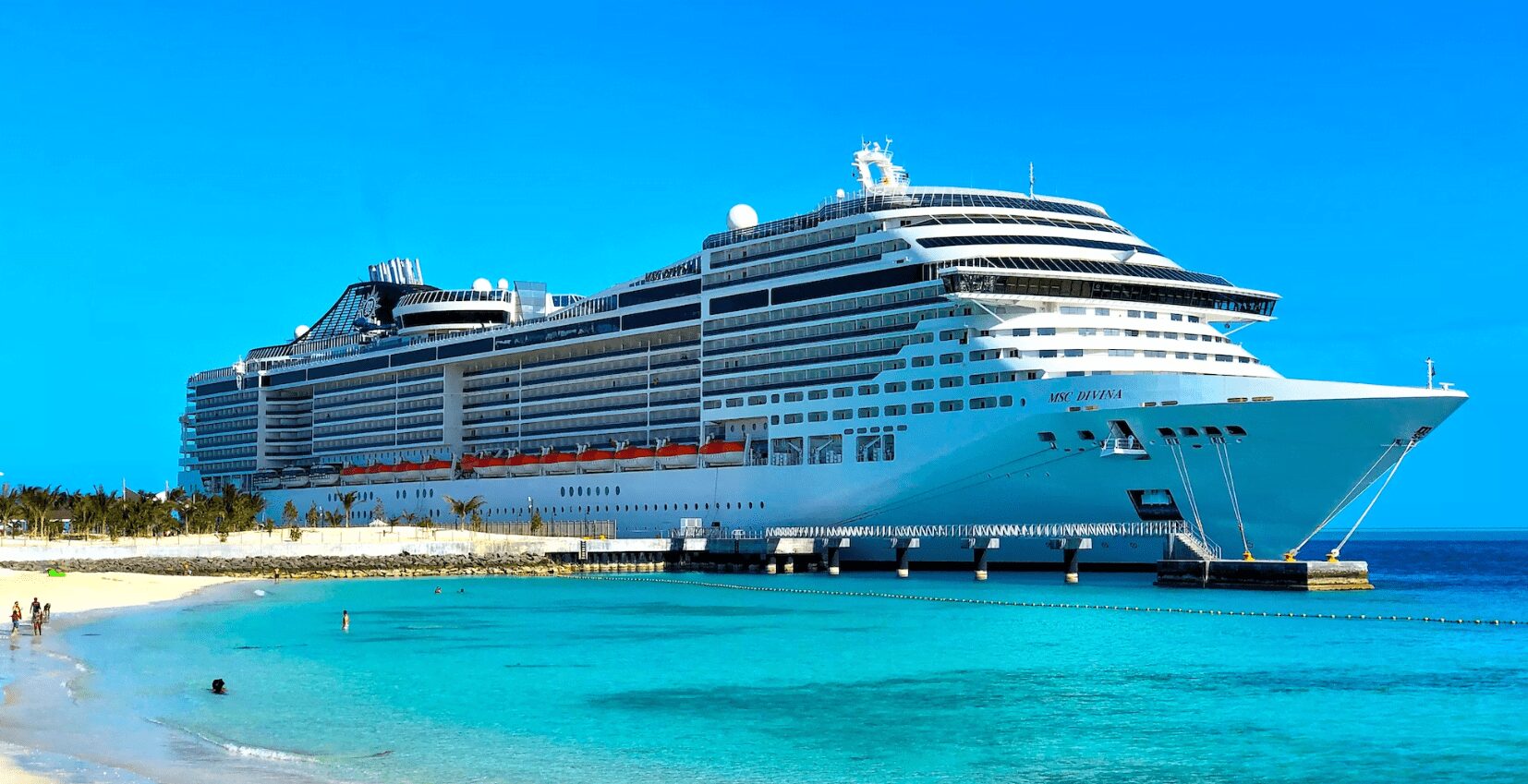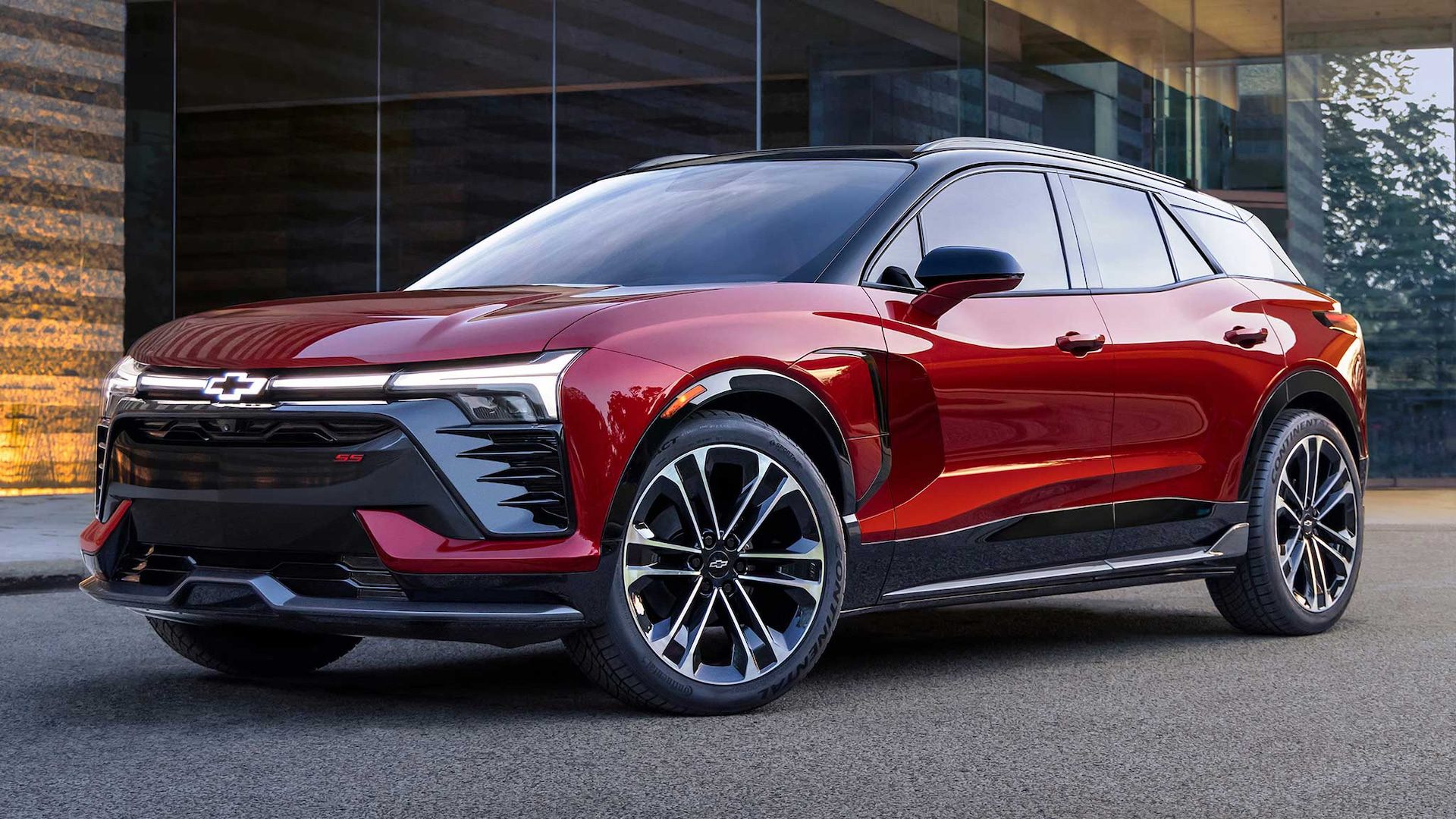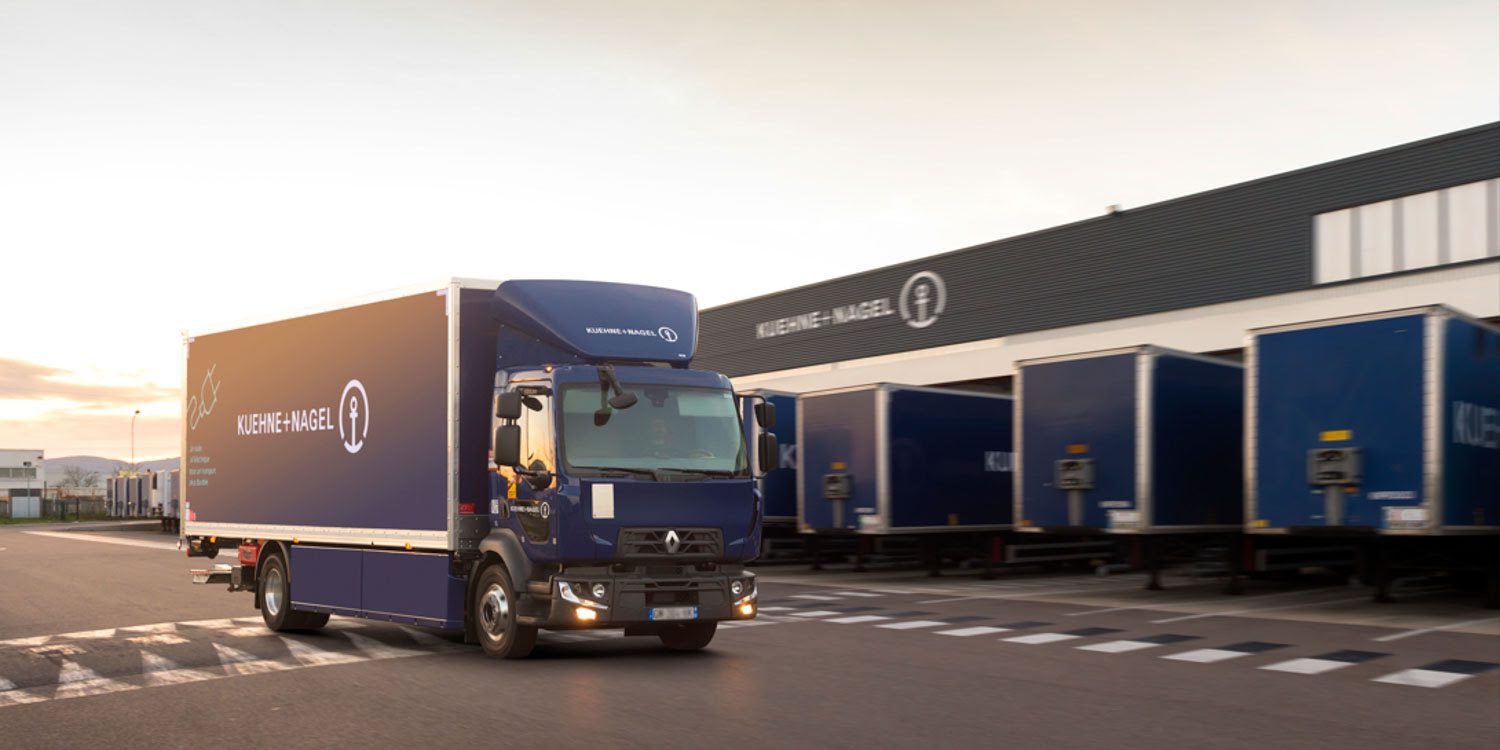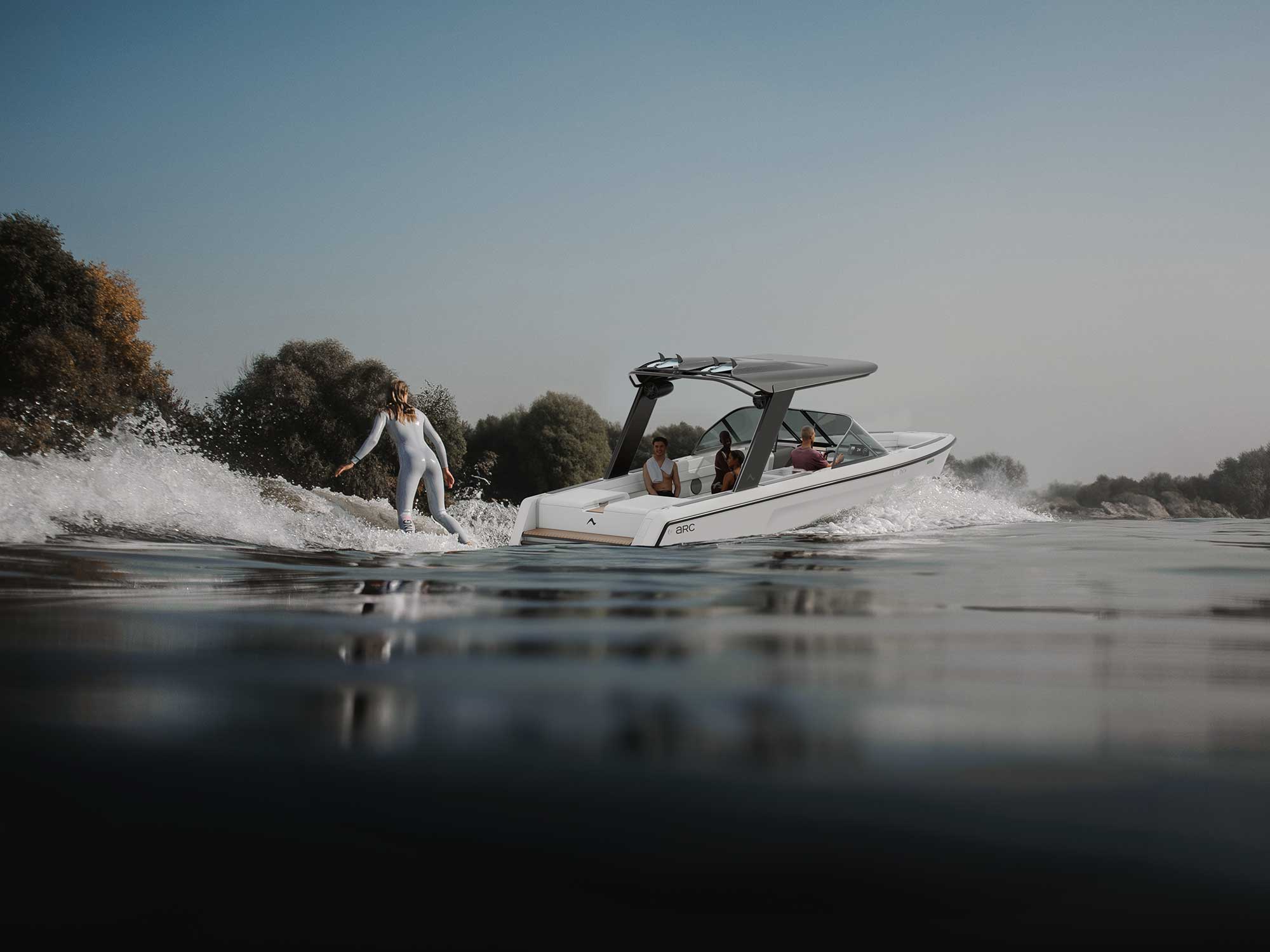Table of Contents
Cruise vacations have become increasingly popular over the years, with millions of people taking to the high seas every year. However, with the growth of the industry comes concerns over its environmental impact. Cruise ships are known for their high carbon footprint and negative impact on the environment.
The good news is that the cruise industry is starting to take sustainability seriously, with many cruise lines adopting more eco-friendly practices. In this blog post, we will explore the rise of green cruises and how cruise lines are incorporating sustainable practices to reduce their impact on the environment. We will also look at some examples of green cruise ships and technologies that are being used to make the industry more sustainable.
The Environmental Impact of Traditional Cruising vs Green Cruises
Traditional cruising has a significant impact on the environment, with cruise ships being some of the biggest polluters on the planet. These ships emit large amounts of greenhouse gases and other pollutants, contributing to air and water pollution. In fact, according to a report by Transport & Environment, a non-profit organization that focuses on sustainable transport in Europe, the 203 cruise ships that operated in European waters in 2017 emitted a total of 62 kilotons of SOx (sulfur oxide) and 1554 kilotons of CO2 (carbon dioxide).
Moreover, cruise ships generate significant amounts of waste, including food waste, plastics, and hazardous waste such as chemicals and sewage. Improper disposal of this waste can harm marine ecosystems and wildlife, as well as pollute the oceans.
Given these impacts, it is clear that sustainable practices are needed in the cruise industry to reduce its environmental footprint. By adopting eco-friendly practices and technologies, the industry can help protect the environment and preserve the beauty of the world’s oceans and coastlines for future generations.
Sustainable Practices in the Green Cruise Industry
The term “green cruising” refers to the efforts made by the cruise industry to minimize its environmental impact through sustainable practices. As the negative impact of traditional cruising on the environment becomes more apparent, cruise lines are under increasing pressure to adopt greener practices. Here are some examples of sustainable practices in the industry:
- Zero-emissions docking: One promising development in the industry is the move towards zero-emissions docking. Most new ships are being designed with the capability to power off their fuel-burning engines and plug into the local grid while in port. This helps to reduce air pollution and related health issues, as well as noise pollution from idling engines.
- Sustainable energy technologies: The industry is also exploring sustainable energy technologies such as battery electricity and green hydrogen fuel cell electricity. Battery-electric ships have already been deployed, and hydrogen fuel cell ships are in development. These technologies have the potential to significantly reduce the industry’s carbon emissions, as well as its dependence on fossil fuels.
- Other sustainable practices: Green Cruise lines are also taking other steps to minimize their environmental impact. For example, many lines have stopped using single-use plastics and are instead using reusable materials. Others are partnering with local communities to reduce waste and protect marine ecosystems. Environmental impact studies are being conducted before designing any itinerary, and ships are being retrofitted with more energy-efficient systems.
The benefits of these sustainable practices are manifold. In addition to reducing the industry’s environmental impact, they can also help to improve the industry’s bottom line by reducing fuel costs and enhancing its reputation. By adopting greener practices, the industry can also help to protect the very destinations that it relies on for its business.
The cruise industry has made significant progress toward sustainability in recent years. For example, in 2019, ocean-going member cruise lines of Cruise Lines International Association (CLIA), the largest cruise industry trade association, committed to reaching net-zero carbon emissions by 2050, and to reducing carbon rates by 40% by 2030. CLIA reports that more than 15% of cruise ships debuting in the next five years will be equipped to incorporate hydrogen fuel cells or electric batteries.
Green technologies being incorporated by cruise lines
As the cruise industry moves towards more sustainable practices, many cruise lines are incorporating green technologies into their ships. A few examples of green cruise lines that have made significant strides in sustainable cruising are as follows.

Ponant Cruise
Ponant is a luxury French line that has made sustainability a top priority. Here are some of the ways they have incorporated green technologies into their operations:
- Emissions-slashing hybrid expedition ship: In 2021, Ponant rolled out the Le Commandant Charcot, a hybrid expedition ship that runs on liquefied natural gas (LNG) and electric battery power. They also have plans for a “zero-impact” ship by 2025.
- Offset 100% of emissions: Ponant offsets 100% of its emissions through certified projects aimed at reducing greenhouse gas emissions.
- Shore-to-ship power connections: All Ponant ships are equipped with shore-to-ship power connections in port, allowing them to plug into the local grid and reduce air pollution.
- No single-use plastics: Ponant has stopped using single-use plastics on their ships, reducing plastic waste and its impact on the environment.
- Environmental impact studies: Before designing any itinerary, Ponant conducts environmental impact studies to minimize their impact on the environment.

Havila Voyages
Havila Voyages is a Norwegian cruise line that is making strides in sustainable cruising. Here are some of the ways they have incorporated green technologies into their operations:
- Hybrid ships with large batteries: Havila Voyages has launched two of four planned hybrid ships, with the biggest passenger-ship batteries at sea. These batteries allow the ships to voyage silently and emissions-free in Norway’s UNESCO-protected fjords for periods of up to four hours.
- Clean hydropower energy: The batteries can be recharged in port with clean hydropower energy from the local grid, reducing the reliance on traditional fossil fuels.
- Designed for hydrogen power: Havila Voyages’ ships are designed to cross over to hydrogen power once the technology becomes available, demonstrating their commitment to sustainable practices.
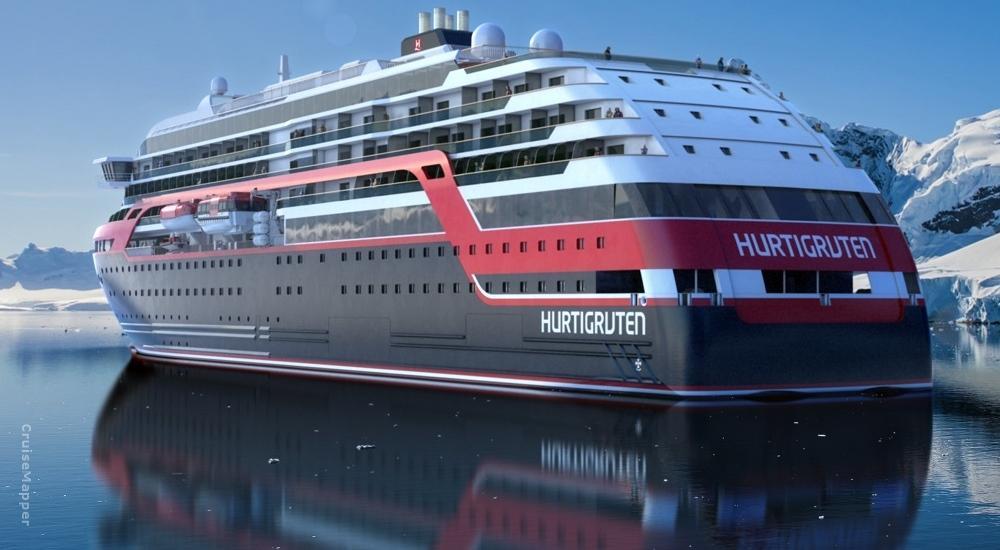
Hurtigruten Cruise
Hurtigruten is a Norwegian cruise line that has a long history of sailing the Norwegian coast. Here are some of the ways they have incorporated green technologies into their operations:
- Electric ships: Hurtigruten has launched several electric ships that run on renewable energy sources like hydropower and wind power. They plan to continue expanding their fleet of electric ships in the coming years.
- Sustainable seafood: Hurtigruten serves sustainable seafood on board their ships, promoting responsible fishing practices.
- No single-use plastics: Hurtigruten has eliminated single-use plastics on their ships, reducing plastic waste and its impact on the environment.
- Land-based power: Hurtigruten has equipped many of its ships with land-based power connections in port, allowing them to plug into the local grid and reduce air pollution.
- Recycling program: Hurtigruten has implemented a recycling program on its ships, ensuring that waste is disposed of responsibly and minimizing its impact on the environment.

Royal Caribbean
Royal Caribbean, one of the largest cruise lines in the world, has also made a commitment to sustainability. Here are some of their green initiatives:
- Fuel-efficient ships: Royal Caribbean has invested in fuel-efficient ships, including their Quantum class and Oasis-class ships, which use up to 25% less fuel than older ships.
- In 2018, Royal Caribbean launched its first ship with a solar array that generates enough energy to power the ship’s elevators and lighting. The company is also exploring other ways to incorporate solar power into its operations.
- Solar power: The company has installed over 440,000 solar panels on their private island, Perfect Day at CocoCay, which provides 10-20% of the island’s energy needs.
- Sustainable food sourcing: Royal Caribbean sources food locally and sustainably whenever possible, reducing their carbon footprint and supporting local communities.
- Waste reduction: The company has implemented a number of waste reduction programs, such as recycling and composting, to reduce their environmental impact.
- Collaboration with environmental groups: Royal Caribbean partners with environmental groups such as World Wildlife Fund and Ocean Conservancy to help protect the oceans and promote sustainable tourism.
- Advanced wastewater treatment systems: Royal Caribbean uses advanced wastewater treatment systems on its ships to treat and purify wastewater, which can then be safely discharged into the ocean.
- Energy-efficient lighting: The company has implemented energy-efficient lighting on its ships, which has resulted in significant reductions in energy use and emissions.
- Air lubrication technology: Royal Caribbean is using air lubrication technology to reduce drag and increase fuel efficiency. The technology involves injecting tiny air bubbles into the water around the ship, which creates a layer of air that reduces friction and drag.

MSC Cruises
MSC Cruises is another major player in the cruise industry that has made a commitment to sustainability. Here are some of their green initiatives:
- LNG-powered ships: MSC Cruises has invested heavily in liquefied natural gas (LNG) technology, with 11 LNG-powered ships in their fleet and more on the way. These ships produce fewer emissions than traditional diesel-powered ships.
- Ocean conservation: MSC Cruises has partnered with several organizations to promote ocean conservation, including the World Wildlife Fund, the MAVA Foundation, and the International Union for Conservation of Nature.
- Sustainable food sourcing: The company sources food locally and sustainably whenever possible, and has developed a comprehensive sustainable seafood program to ensure that the seafood they serve is responsibly sourced.
- Waste reduction: MSC Cruises has implemented a number of waste reduction programs, such as recycling and composting, to reduce their environmental impact.
- Energy-efficient technology: The company has invested in energy-efficient technology, such as LED lighting and smart heating and cooling systems, to reduce energy consumption and greenhouse gas emissions.
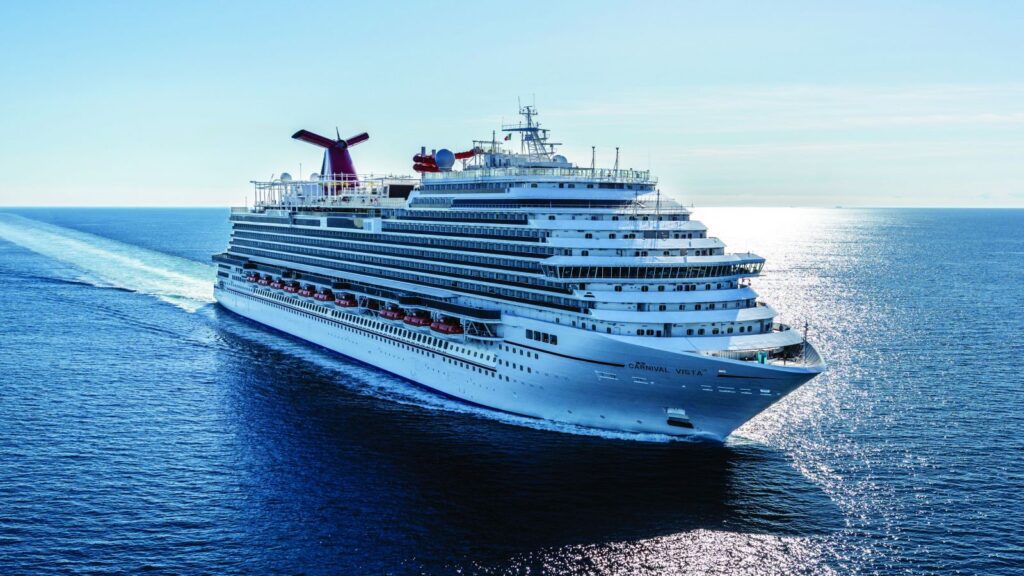
Carnival Corporation
Carnival Corporation is one of the largest cruise companies in the world and has made significant progress in reducing its environmental impact. Here are some of the ways they have incorporated green technologies into their operations
- Exhaust gas cleaning systems: The company has installed exhaust gas cleaning systems, also known as scrubbers, on many of its ships. The scrubbers remove sulfur dioxide and other pollutants from the ship’s exhaust, reducing emissions and air pollution.
- LED lighting: Carnival Corporation has implemented LED lighting on its ships, which is more energy-efficient than traditional lighting and has resulted in significant reductions in energy use and emissions.
- Fuel-efficient engines: The company is investing in fuel-efficient engines that use less fuel and produce fewer emissions. They are also exploring the use of alternative fuels, such as liquefied natural gas (LNG).
- Sustainable tourism: Carnival Corporation is committed to promoting sustainable tourism practices in the destinations it visits. They work closely with local communities and organizations to minimize their impact on the environment and support sustainable development.

Virgin Voyages
Virgin Voyages is a new cruise line that launched its first ship, Scarlet Lady, in 2020. Here are some of the ways they have incorporated green technologies into their operations:
- Biodiesel fuel: Virgin Voyages uses a blend of biodiesel fuel made from non-food grade corn to power their ships. This reduces greenhouse gas emissions and is a more sustainable alternative to traditional marine fuel.
- Sustainable materials: The interiors of Virgin Voyages’ ships are made from sustainable materials such as reclaimed and recycled items, and they avoid using single-use plastics.
- Elimination of buffet-style dining: In an effort to reduce food waste, Virgin Voyages has eliminated traditional buffet-style dining and instead offers sit-down service with smaller portions.
- Carbon offset program: Virgin Voyages has a carbon offset program in place to offset the carbon emissions from their ships’ operations. They have partnered with leading carbon offset provider South Pole to support renewable energy projects that reduce greenhouse gas emissions.
Zero-emissions docking
The cruise industry is increasingly moving toward zero-emissions docking, which involves ships powering off their fuel-burning engines and plugging into the local grid while in port, reducing air pollution and related health issues. This trend is driven by a combination of environmental concerns and regulatory requirements, such as the International Maritime Organization’s (IMO) mandate to reduce greenhouse gas emissions from shipping by at least 50% by 2050.
Most new cruise ships are being designed with capabilities for zero-emissions docking, with many using shore-to-ship power connections to access clean energy from the local grid. This technology allows ships to reduce or eliminate their use of onboard generators while in port, significantly reducing emissions of air pollutants and greenhouse gases.
However, a caveat to this trend is that only 29 of the 1,500-odd ports visited by Cruise Lines International Association (CLIA) ships presently offer compatible infrastructure for zero-emissions docking. The industry is working to address this issue by partnering with local governments and investing in infrastructure upgrades at ports worldwide.
Overall, zero-emissions docking is a critical step toward making the cruise industry more sustainable and reducing its impact on the environment. As more ports become equipped with the necessary infrastructure, this practice is likely to become even more widespread across the industry.
Challenges and Opportunities for the Green Cruise Industry
The cruise industry has been facing several challenges in adopting sustainable practices. One major challenge is the high cost of implementing new technologies that are required to reduce emissions and make operations more environmentally friendly.
Cruise lines need to make significant investments in retrofitting their existing fleet and building new ships that incorporate green technologies. These investments can be costly, and some smaller cruise lines may struggle to finance these upgrades.
Another challenge is the lack of compatible infrastructure in some ports.
Despite these challenges, there are also opportunities for the cruise industry in embracing green cruising. One opportunity is the potential for increased customer demand for sustainable travel. As consumers become more environmentally conscious, they are looking for travel options that have a minimal impact on the environment. Cruise lines that can demonstrate their commitment to sustainability may be able to attract more customers and increase their revenues.
Another opportunity is the potential for cost savings in the long run. While implementing green technologies may require significant investments upfront, these investments can pay off in the long run through reduced fuel costs and improved efficiency. For example, hybrid ships that use both battery power and traditional fuel can reduce fuel consumption and lower operating costs.
To overcome the challenges, the cruise industry has started to adopt innovative solutions and partnerships. For instance, some green cruise lines are collaborating with local governments and businesses to develop sustainable infrastructure and programs. In Alaska, for example, Royal Caribbean has partnered with the local government to develop a new power plant that will use renewable energy sources to power their ships while in port. This will reduce emissions and improve air quality in the area.
In conclusion, the adoption of sustainable practices is critical for the future of the cruise industry and the planet. By supporting green cruise lines and considering sustainable travel options when planning their next vacation, travelers can help encourage the industry to continue to make progress toward a more sustainable future.
Related Blog Posts


